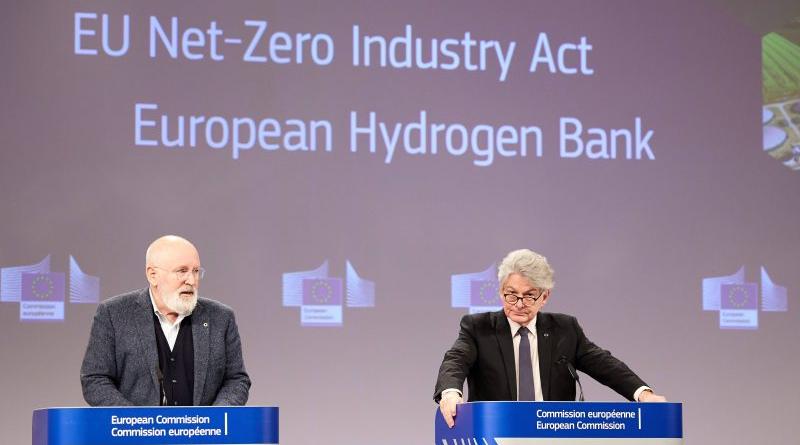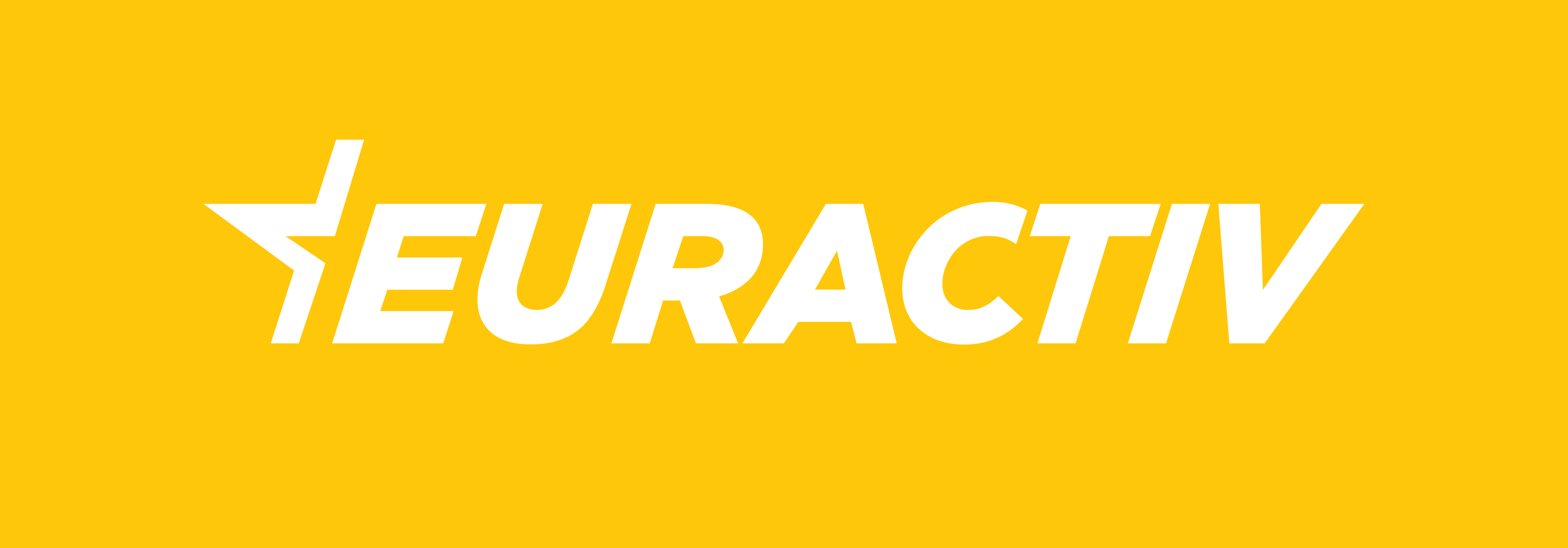Net-Zero Industry Act: Will the EU defend its industry?

The very existence of the European Commission’s Net-Zero Industry Act is to be welcomed, writes Julie Oddou. However, it is also insufficient on budgetary aspects, places too much emphasis on on carbon capture and storage (CCS), and unjustifiably excludes nuclear power, she adds.
Julie Oddou is managing director for European Affairs at the French Alternative Energies and Atomic Energy Commission (CEA), a government-funded research organisation focusing on four main areas: low-carbon energies, information technologies, and defence and security.
In August 2022, the United States passed the Inflation Reduction Act, a law designed to accelerate the decarbonisation of its industry, containing numerous protectionist measures and backed by a $370 billion budget.
The IRA acted as an electroshock and pushed the European Commission to react. However, it is only the latest avatar of a deep and long-standing imbalance in the treatment of industry between the European Union and its main competitors: the United States, China and India. This has already led to the loss of the European solar industry and to our extreme dependence on imported semiconductors.
In response to this situation, the European Commission has drafted a regulatory proposal called the Net Zero Industry Act (NZIA), which aims at supporting industries that are key to decarbonisation by speeding up administrative procedures, supporting investment in production capacity for low-carbon technologies and introducing regulatory sandboxes.
The very existence of this Act is to be welcomed. It marks the EU’s recognition of the need to act in response to anti-competitive measures that are increasingly threatening its industry.
Beyond the signal, however, the NZIA remains insufficient to protect European industry. Unlike the IRA, which supports investment and production in the US – up to $15 per MWh for nuclear, $3 per kg for hydrogen, etc. – the NZIA only supports investment. And unlike the IRA, no specific budget is allocated to the NZIA. At most, the text mentions several existing European funds that could be partly redirected to this initiative.
The selection of activities included in the NZIA is also questionable. Nuclear energy is included in the text but is absent from the “strategic” technologies that will benefit from accelerated licensing procedures. This choice is difficult to understand, considering that nuclear energy is the Union’s leading source of electricity and one of the few low-carbon energies available on demand for which there is still significant growth potential.
On the same subject, the Commission has chosen to make only 4th generation nuclear power and small modular reactors (SMRs) eligible for the NZIA – i.e. technologies not currently available for short-term deployment – while at the same time requiring a level of maturity greater than or equal to 8 on the TRL scale… Thus, under the guise of inclusion, this text proposes excluding the EU’s leading low-carbon energy source, which is intended to support the technologies enabling the continent to achieve carbon neutrality.
Research and development are not covered by the NZIA either. Yet it is key to the emergence of competitive European high-tech industries. Building on the Chips Act, the NZIA should include a technology infrastructure development pillar to accelerate the maturation and deployment of the low-carbon technologies that the EU will need to meet its target of 40% of manufacturing output in the EU by 2030.
Last but not least, the NZIA places too much emphasis on carbon capture and storage (CCS), given its low level of maturity on an industrial scale. While it is important to support the research and industrialisation of all technologies that can reduce the Union’s greenhouse gas emissions, a certain pragmatism in setting priorities is required, and it seems surprising to describe as “strategic” a technology whose implementation on an industrial scale (excluding enhanced oil recovery) has yet to be demonstrated.
If carbon capture and storage were to receive such recognition at European level, carbon capture and utilisation (CCU) should receive at least an equivalent level of support. These technologies will be essential to produce the synthetic hydrocarbons needed to decarbonise certain industrial applications for which oil or gas is used as a feedstock and to replace oil-based fuels in heavy mobility segments that cannot be electrified (e.g. air transport).
In building the NZIA, the European Commission has acknowledged the need to react to the protectionist measures put in place by the major powers competing with the Union. To truly protect the industry of the 27 Member States while serving its climate commitments, the Union will have to go further, however, by proposing measures that are both more ambitious and with significant dedicated and clearly stated budgets.
Finally, the European industry is entitled to expect indiscriminate support for all technologies that can help decarbonise the continent, consistent with their level of technological maturity.
cover photo:The exclusion of nuclear power from the list of “strategic” net-zero technologies in the NZIA is difficult to understand considering that nuclear energy is the Union's leading source of electricity and one of the few low-carbon energies available on demand, writes Julie Oddou. [Source: EC - Audiovisual Service]




